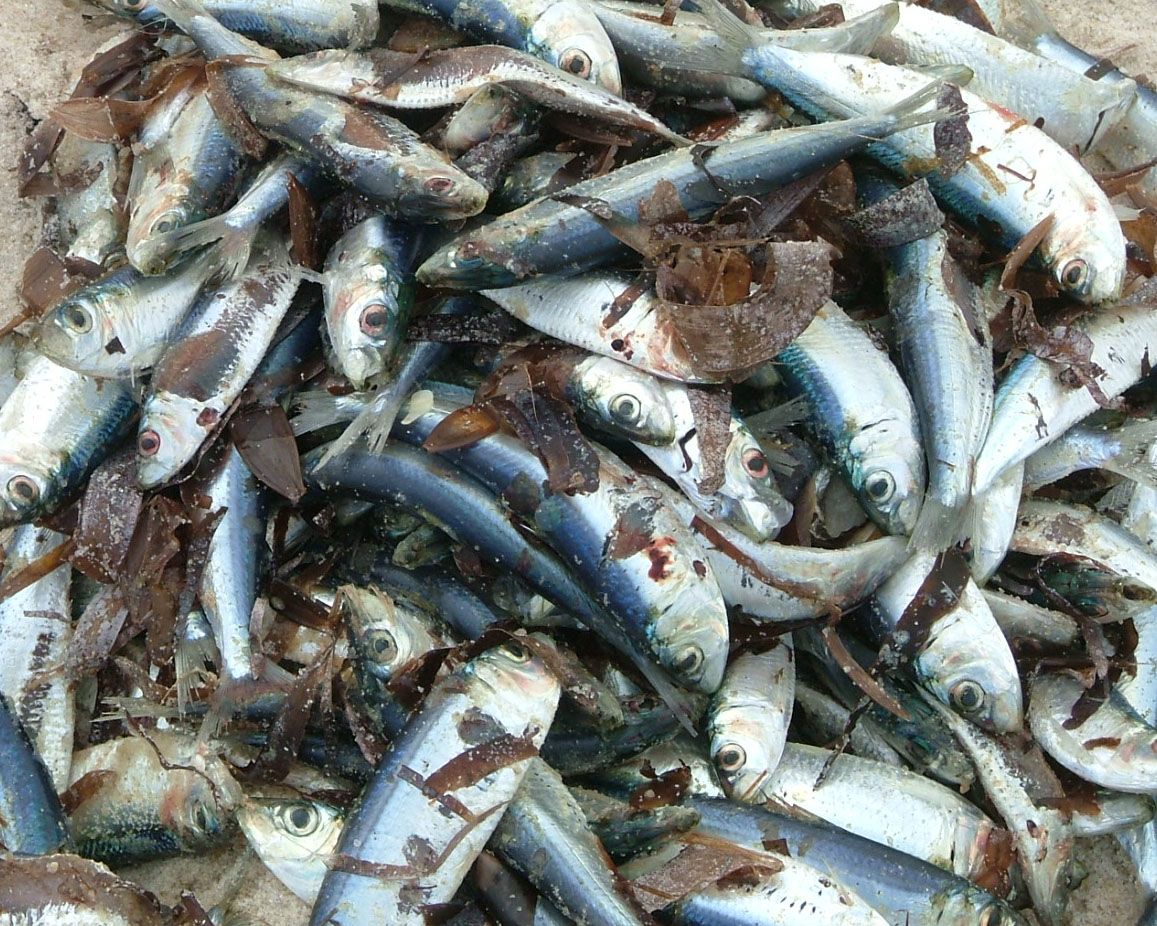University of Waterloo researchers are working with the Fort Albany First Nation, a subarctic community in northern Ontario, to answer one of the most critical questions from Indigenous people in northern Ontario: How safe are fish to eat?
This project is one of six new co-led Indigenous projects that are part of the Global Water Futures program – a seven-year, University of Saskatchewan-led research program established within the Global Institute for Water Security in 2016 and funded in part by a $77.8-million grant from the Canada First Research Excellence Fund. The program is looking to change the way communities, governments and industries in Canada and other cold regions of the world prepare for and manage increasing water-related threats.
Food security is an urgent and growing concern for Indigenous populations in Canada. Environmental change in aquatic ecosystems can impact the health of fish and the communities that rely on those fish in many ways. Some of those ways can involve exposure to contaminants like mercury.
“Mercury is of particular concern in aquatic ecosystems as elevated methylmercury concentrations have been documented in several fish species such as Walleye, Northern Pike, and Lake Trout which are regularly harvested across Canada,” said Brian Laird, lead researcher and professor at the University of Waterloo. “Consumption of fish often represents the largest source of mercury to humans, and prolonged exposure to mercury can cause permanent adverse effects to the neurological, immune, cardiovascular, and reproductive systems; the developing fetus and children are particularly vulnerable.”
In partnership with Fort Albany First Nation, Laird is working alongside Kelly Skinner from (School of Public Health and Health Systems), Heidi Swanson (Department of Biology), and Virginia Sutherland (Senior Environmental Coordinator, Mushkegowuk Tribal Council) to study the health concerns and risk perceptions among Indigenous community members as well as the environmental determinants of mercury and nutrients in wild-harvested fish. They will be exploring the balance between contaminant risks and nutrient benefits in traditional foods as well as the links between contaminant levels in the environment, human behaviour patterns, and human exposure, and the impact on food security.
“To understand the long-term sustainability of wild-harvested fish as a healthy food resource in the face of climate change, co-located environmental, human behaviour, and food security data are crucial,” said Laird. “Through this process, we, together with our partners, will develop a model that predicts how effects of climate-induced change in Canadian lakes will affect fish health, human health, and food security for Indigenous peoples.”









